| A message from %%!account_organization%%. |
|
|
The birthplace of the cameo goes back to ancient Alexandria, Egypt around 300 years before the birth of Christ. The cameo influence can be tracked back to petroglyphs of figures carved in rocks.
From the ancient Egyptians and Mesopotamians to the Mediterranean, Renaissance, and the Neoclassical, throughout history cameos depicted Roman and Greek mythology, biblical history, political figures, soldiers, and beautiful women. Often, cameos were created to be talismanic.
|
|
|
|
|
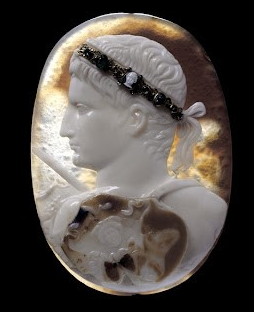
|
|
Hellenistic Royalty: Blacas Cameo of Augustus British Museum
|
|
|
|
|
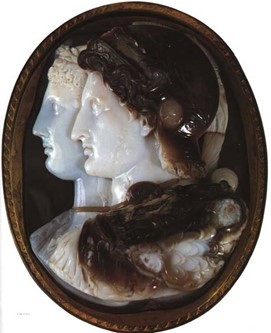
|
|
Gonzaga Cameo: State Hermitage Museum, St Petersburg
|
|
|
|
|
|
Cameos were originally carved in semi-precious gemstones and single pieces of hardstones like sardonyx, layered agate, and onyx appearing as miniature portraiture, and sculpted works of art. They were designed to have two to three layers revealed by carving layer by layer showcasing the contrasting raised relief. Those featuring front or left facing women, scenes, children, or men are rare and highly sought out as collectibles.
Most, later in history were composed of shell, a few from hardstone, but the rarest come from glass from ancient Roman and Grecian times. The Romans created cameos out of glass by pouring hot glass into clay intaglio molds layer by layer of different colors and then carved them once they cooled.
|
|
|
|
|
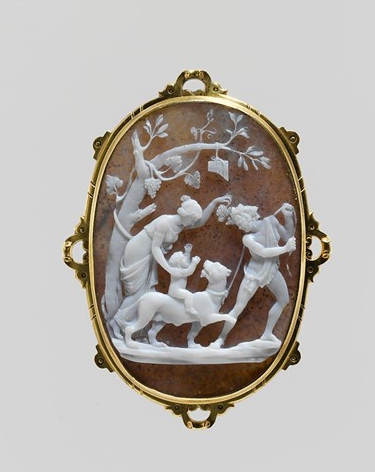
|
|
Education of the Infant Bacchus: Niccolo Amastini, Met Museum
|
|
|
|
|
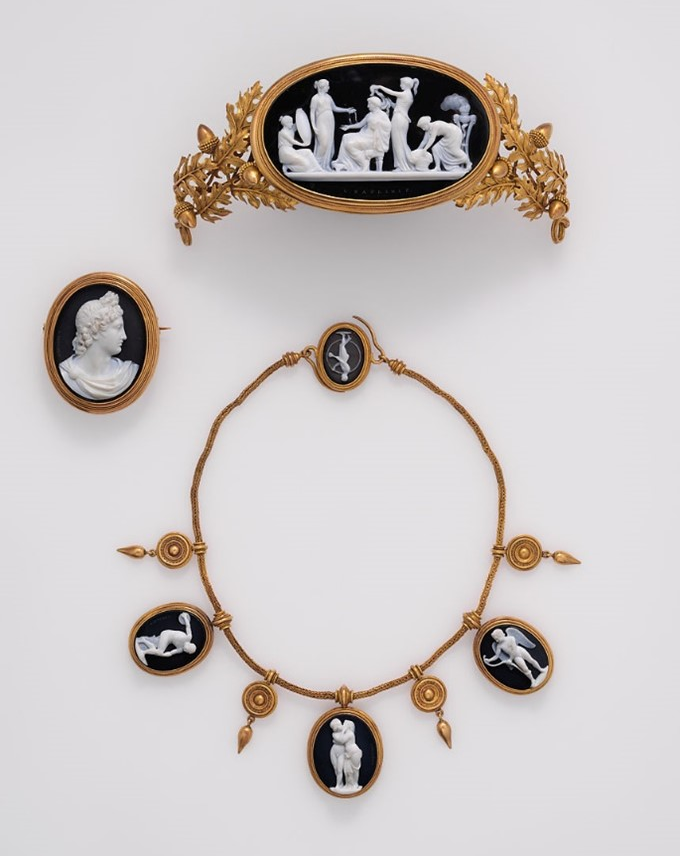
|
|
Parure: tiara,necklace & brooch - Luigi Saulini, Met Museum
|
|
|
|
|
|
|
The more detail and depth of the carving in a cameo the better. During the Victorian era cameo profiles of women were considered dressy during the 18th century. The women in the Victorian era cameos had meticulous flowing hair, draping of clothing, floral or fruit motifs in the hair or on the clothing and displayed a necklace or other form of jewelry with a diamond.
|
|
|
|
|
|
The 18th and 19th century versions of Cameos were heavily influenced by Queen Victoria of England. Explorations of the Bahamas and West Indies during this time revealed new types of shells and cameos that were mostly hand carved from Queen conch, helmet shells and mother of pearl shells.
|
|
|
|
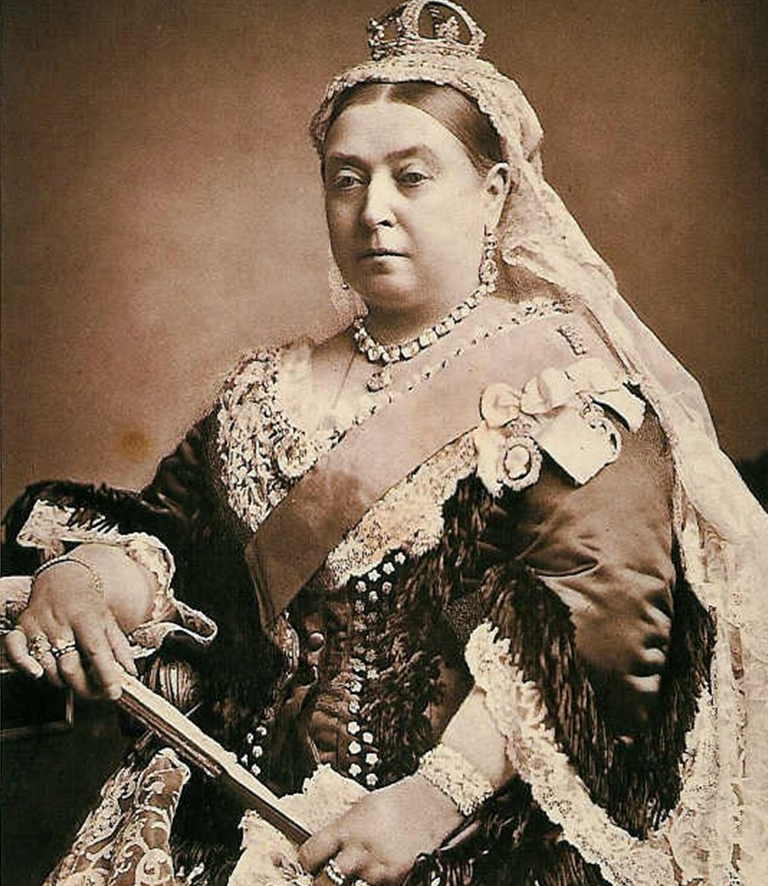
|
|
Alexander Bassano-Post Card of Queen Victoria 1887- digital reproduction- Wikimedia Commons
|
|
|
|
|
|
Napoleon was known for wearing cameos in both his coronation crown and a cameo during his wedding with Empress Josephine. He even founded a carving school for cameos and glyptic arts that the Sicilian master carvers would teach in Paris.
The bullino was the original carving tool of choice. Most profiles featured in cameos face to the right, but there were occasional profiles that would face to the left meaning that the master carver was left hand dominant. MORELLI was one of the famous Italian carvers who would sign his engraved cameos.
|
|
|
|
|
|
The shift from the 1800’s to the 1920’s and 1930’s influence on cameos is noticeable from the change in the style of hair going from long and flowing to short wavy bobs of the flapper girls. The facial features also change from the ladies of the 18th and 19th century having rounded cheeks and Roman shaped elongated noses to rounded and shorter noses in the 21st century. A plain c-clasp was used on the back side of the pin on a cameo brooch
|
|
|
|
|
|
|
|
Imagery- Dr. Anthony Cavo / Antique Trader
|
|
|
|
|
|
Today, a combination of ancient and new techniques including dental tools and ultrasonic are used to carve cameos. Like other heirlooms passed down from generation to generation the cameo over the years has received updated looks. The cameos of today aren’t your great-grandmother’s of yesteryear and include photo-realism portraits of anything from animals to skulls, crowns, and landscape scenes combining ancient techniques with a modern setting providing a contemporary twist.
|
|
|
|
|
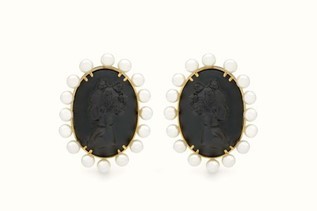
|
|
Courtesy KCD Worldwide The Fenty Cameo Collection- Rhianna
|
|
|
|
|
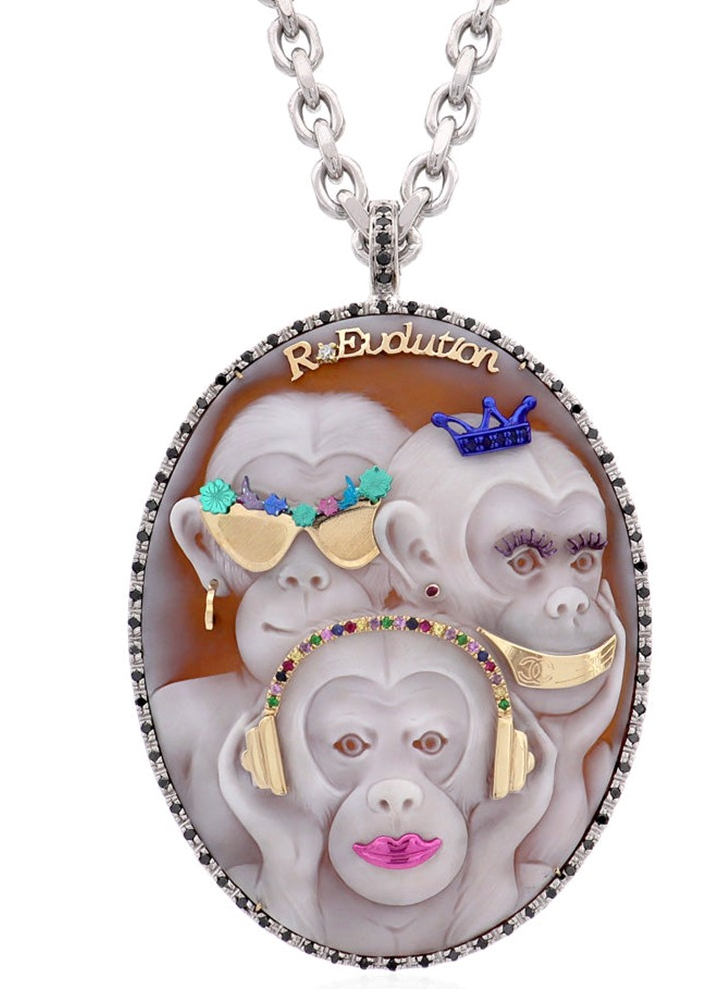
|
|
Amedeo Scognamiglio “Party Time in Capri”
|
|
|
|
|
|
|
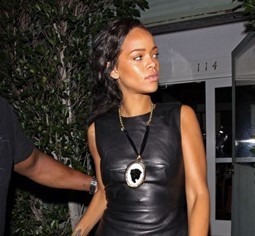
|
|
Rhianna wearing Lanvin cameo pendant -Pacific Coast News
|
|
|
|
|
|
|
|
|
We will be CLOSED on
Monday, April 18
and
Closing at 3:30PM
Tuesday, April 19
|
|
|
|
|
|
|
|
|
|
Store Hours
Mon .....11:00 am - 5:00 pm
Tue ..... 11:00 am - 5:00 pm
Wed .....11:00 am - 5:00 pm
Thurs ...11:00 am - 6:00 pm
Fri ........11:00 am - 6:00 pm
Sat .......10:00 am - 5:00 pm
Sun ......Closed |
|
|
|
|
|
|
|
Established in 1992, Facet Foundry Jewelry Studio presents jewelry as an art form and specializes in custom jewelry design and expert jewelry repair while offering diamonds, gemstones and fine jewelry. Our graduate gemologist, jewelry CAD designer, in-house goldsmith, hand engraver and experienced sales staff offer friendly, attentive and knowledgeable service for all your jewelry needs and desires, as you experience the art of jewelry in our beautiful showroom located on South New Hope Road next to Talbots. |
|
|
|
|
|
|
|
|
|